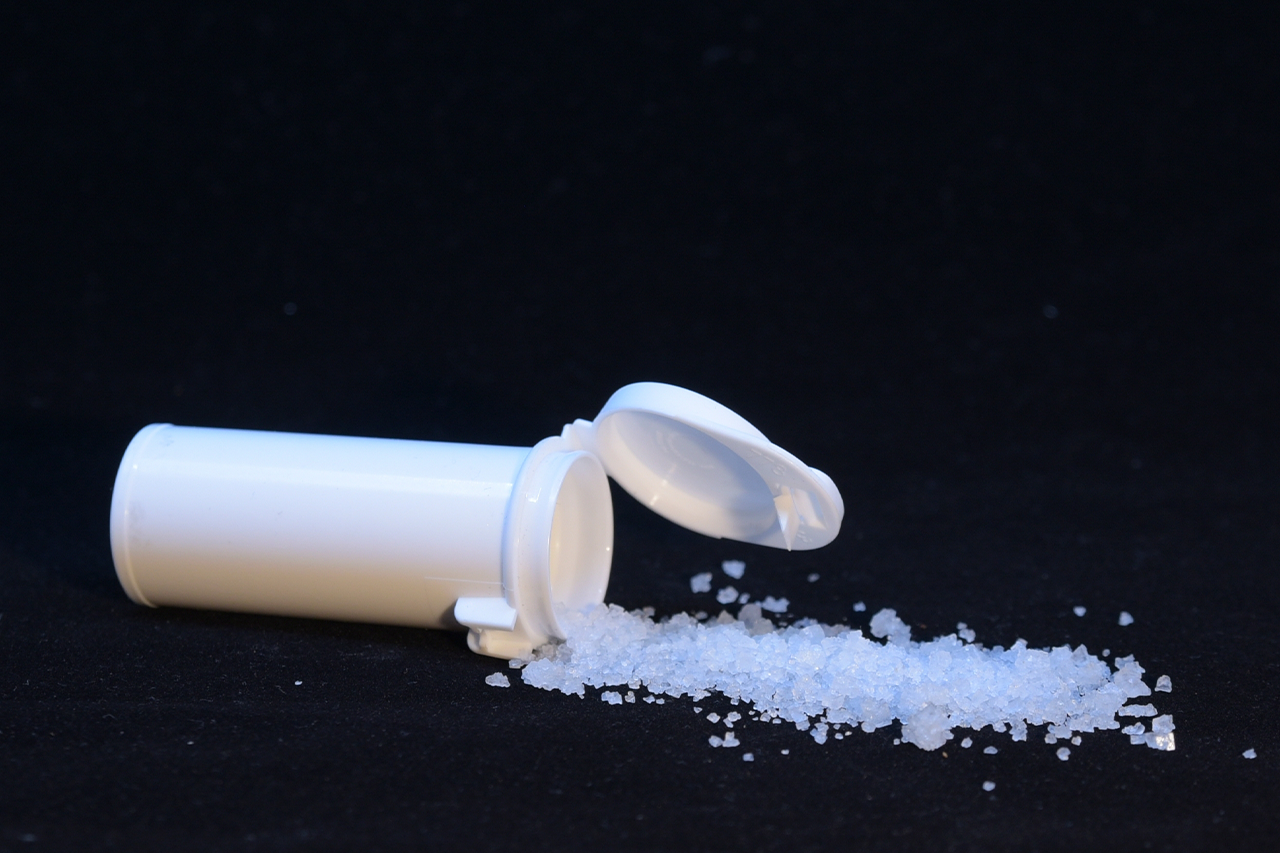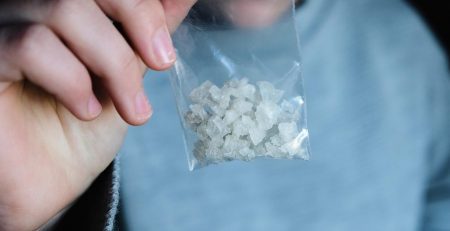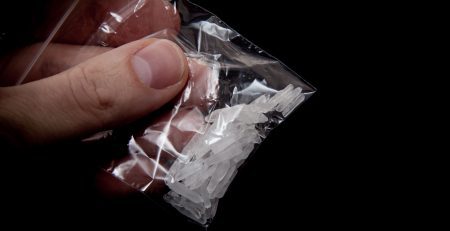Also known as crystal meth or meth, methamphetamine is a central nervous system (CNS) stimulant that’s illegally produced and sold on the streets. The drug is known for causing dependence, during which chronic users will experience a “crash” of symptoms after they stop using the drug. Meth withdrawals can be difficult to cope with, so much so that users often would rather go back to using the drug than try and get through this period. This could lead to a downward spiral of repeated methamphetamine abuse, which can lead to a constant cycle of addiction.
Withdrawals From Meth
Methamphetamine works by stimulating the production of the chemical (neurotransmitter) dopamine in the brain. This sudden spike in dopamine elevates mood, energy, alertness, and motivation, and produces an overall sense of well-being. Otherwise referred to as a meth high, this feeling is what becomes addicting to users and encourages continuous drug use both physically and mentally.
The withdrawal symptoms of methamphetamine are the result of a developed physical dependence on the drug. When a person who’s dependent on meth suddenly stops using it or tries to quit cold turkey, they’ll experience a sudden crash in dopamine and the elevated functions we previously mentioned. This sudden change is what makes withdrawal from crystal meth difficult.
Meth detox symptoms vary from person to person in severity and duration. How severe and long-lasting symptoms depend on factors like duration of drug use, doses used, and whether the individual has any underlying physical or mental health problems.
Additionally, how the person used meth can also impact withdrawal symptoms. For instance, people who injected meth typically experience longer and more intense symptoms than those who used the drug differently.
Common meth withdrawals include:
- Agitation
- Anxiety
- Confusion
- Dehydration
- Depression
- Excessive sweating
- Fatigue
- Fever
- Hallucinations
- Increased appetite
- Insomnia
- Loss of motivation
- Nausea
- Paranoia
- Red, itchy eyes
- Severe depression
- Stomach aches
- Suicidal thoughts
- Tremors
Meth Withdrawal Timeline
The timeline for mental and physical symptoms of meth withdrawal may also vary depending on the nature of the person’s drug use. The acute phase of withdrawal usually peaks around day 2 or 3 after the last use and generally begins to subside after a week. However, psychological symptoms like mood swings, agitation, drug cravings, and trouble sleeping can persist for multiple weeks, with depression lasting for months to a year in some cases.
The methamphetamine withdrawal timeline is as follows:
- First 2 days: This phase of meth withdrawal is known as the “crash” and occurs within the first day of quitting meth. During the first two days of withdrawal, users will begin to experience a sharp decline in energy, mood, and cognitive function, as well as nausea, vomiting, abdominal pain, and sweating.
- Days 3 to 10: Crystal methamphetamine withdrawal symptoms usually peak at this point of the process. As the body attempts to adjust without meth, recovering users will experience symptoms like depression, anxiety, and fatigue. Some might also experience tremors and lingering muscle aches, as well as intense cravings for meth.
- Days 14 to 20: Meth withdrawals usually last around 2 to 3 weeks. Towards the end of the second week, most physical symptoms begin to dissipate, but intense cravings may persist. Additionally, symptoms like fatigue and depression are also common during this stage.
- 1 month: The worst withdrawal symptoms are typically over at this point. Any remaining symptoms will continue to subside as time passes. However, for some, psychological symptoms like depression and anxiety may last for several months before subsiding.
Meth Withdrawal Treatment
Medically assisted detox for methamphetamine is a top priority for anyone looking to quit. Detox programs administered in professional medical settings are the safest form of detox for meth.
Our luxury drug and alcohol rehab in South Florida evaluates clients’ physical and mental health to create an individualized treatment plan that addresses their needs. Following this evaluation, clients can then begin the recovery process with our meth withdrawal treatment, during which they’ll receive 24-hour medical care and support, including medication (as needed) to alleviate their symptoms.
For more information about our meth addiction treatment or our other forms of residential addiction treatment in Palm Beach, call Seaside Palm Beach today at 561-677-9374.
Related Reading:












